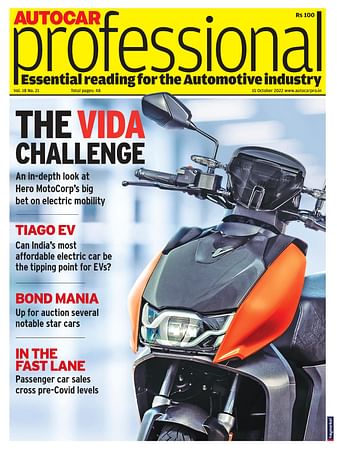X-ray vision to improve forecasting quality of vehicle crash simulations
X-ray technology in crash testing renders deformation processes visible inside components as well
Together with the Fraunhofer Institute for High-Speed Dynamics, Ernst-Mach-Institut, EMI from Freiburg, the Vehicle Safety unit at Daimler AG is trialling the application of x‑r ay technology in crash tests for the first time at the i‑protect Tech Center.
Ultra-fast x‑ray technology produces still images of defined areas in razor-sharp quality during a test crash. A new development here is that it is even possible in principle to look inside safety-relevant components in order to assess their behaviour. An additional bonus is that the data from the x‑ray crash can be combined with computer-based simulation models. This synthesis can help to further improve the reliability of crash simulations in forecasting the effects of real‑life crashes.
The interdisciplinary teams are also active within the i‑protect Tech Center in the area of alternative restraint concepts – specifically with regard to the highly automated nature of driving in the future. The fields of science and practical application are jointly investigating which new approaches in the areas of interior monitoring and occupant classification are of relevance in helping to improve passive safety.
In the virtual world, muscle-controlled movements mark a major step towards active use of the digital human body model in place of the dummy in the development of new preventive protection concepts.
i-protect Tech Center
The next item on the agenda entails stepping up the research association's networking at international level. Since the i‑p rotect Tech Center was set up on January 21, 2016, Daimler AG has been pursuing work within this cooperation platform on sustainable solutions relating to integral safety for the mobility of the future. The partners are Robert Bosch GmbH, the University of Stuttgart, the Fraunhofer Institute for Mechanics of Materials (IWM) and the Fraunhofer Institute for High-Speed Dynamics, Ernst-Mach-Institut, EMI Freiburg, the Technical University of Dresden, the Technical University of Graz and the Klinikum Stuttgart.
RELATED ARTICLES
Sept 2024 From R&D incentives to EV infrastructure: What auto components industry expects from Budget 2024
Sept 2024 From R&D incentives to EV infrastructure: What auto components industry expects from Budget 2024
US car majors hit the brakes on driverless cars
Ford Motor and Volkswagen to close self-driving startup Argo AI, due to lack of technology and clear regulations.
Autoliv and Geely to develop advanced safety tech for future vehicles
Scope of cooperation includes safety for high-level autonomous driving, intelligent steering wheel technology, a 360deg ...






 By Autocar Pro News Desk
By Autocar Pro News Desk
 30 Apr 2017
30 Apr 2017
 3233 Views
3233 Views














